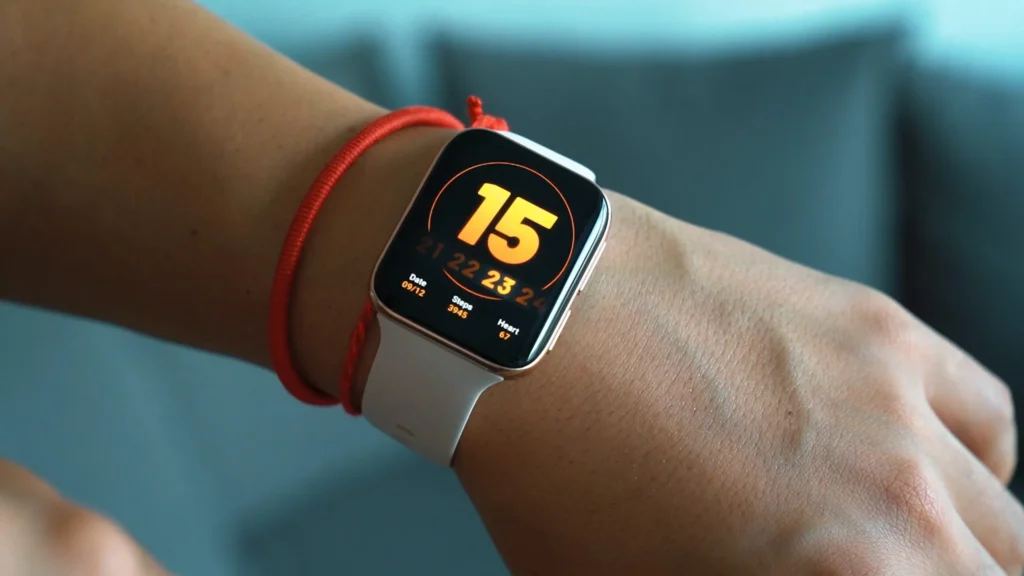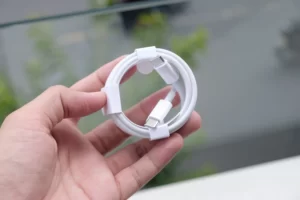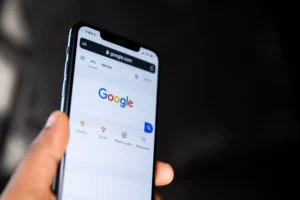Managing diabetes can be a daily struggle for millions of people around the world. With the rise of wearable technology, people with diabetes are now turning to smartwatches and other wearables to help them manage their condition. However, relying solely on these devices to replace traditional methods of monitoring blood sugar levels, such as fingerstick tests, could be a mistake.
The limitations of non-invasive glucose monitoring wearables
Non-invasive glucose monitoring wearables, such as smartwatches, are becoming increasingly popular among people with diabetes. These devices use light sensors to measure glucose levels in the blood without the need for needles or fingersticks. While this technology is promising, it still has limitations that people with diabetes should be aware of.
Firstly, the accuracy of these wearables has yet to be fully established. The FDA has approved some devices for use, but they are not yet as reliable as traditional methods of monitoring blood sugar levels. Additionally, there are several factors that can affect the accuracy of these devices, such as skin tone and environmental factors like temperature and humidity.
Secondly, these devices may not be suitable for everyone. People with certain medical conditions, such as poor circulation or skin conditions like psoriasis or eczema, may not be able to use these devices. Additionally, some people may find the sensors irritating or uncomfortable to wear for long periods of time.
The role of wearables in diabetes management
Despite the limitations of non-invasive glucose monitoring wearables, they still have a role to play in diabetes management. For many people with diabetes, these devices can provide a convenient way to keep track of their glucose levels throughout the day. They can also help identify trends and patterns in blood sugar levels, which can be helpful for adjusting medication dosages and making lifestyle changes.
However, it’s important to remember that wearables should not replace traditional methods of monitoring blood sugar levels. People with diabetes should still be regularly checking their blood sugar levels using fingerstick tests or other methods recommended by their healthcare provider. Wearables should be seen as a supplementary tool, rather than a replacement for traditional monitoring methods.
Other technologies for managing diabetes
While wearables are an exciting development in diabetes management, they are not the only technology available. There are several other tools that people with diabetes can use to help them manage their condition.
Continuous glucose monitors (CGMs) are one such tool. These devices are worn under the skin and measure glucose levels in the interstitial fluid. They provide real-time glucose readings, allowing people with diabetes to see how their glucose levels are changing throughout the day. Some CGMs can also send alerts when glucose levels are too high or too low, helping to prevent dangerous highs and lows.
Another tool is insulin pumps. These devices deliver insulin continuously throughout the day, eliminating the need for multiple daily injections. Some pumps can also be paired with CGMs to create a closed-loop system, which automatically adjusts insulin delivery based on glucose levels.
The importance of working with a healthcare provider
No matter what technology or tools people with diabetes are using, it’s important to work closely with a healthcare provider. A healthcare provider can help determine the best monitoring methods and treatment plans for each individual. They can also help interpret glucose data and adjust medication dosages as needed.
In addition to working with a healthcare provider, people with diabetes should also be proactive in managing their condition. This includes eating a healthy diet, getting regular exercise, and taking any medications as prescribed. By taking an active role in their diabetes management, people with diabetes can improve their overall health and quality of life.
conclusion
In conclusion, while the idea of a smartwatch replacing the need for needles in diabetes management may seem appealing, it’s not a reality just yet. Non-invasive glucose monitoring wearables are still in the early stages of development and are not yet accurate or reliable enough to replace traditional glucose monitoring methods. It’s important for individuals with diabetes to continue to monitor their blood sugar levels with the current methods available to them and to consult with their healthcare provider before making any changes to their diabetes management plan. However, with advancements in technology and ongoing research, the future of non-invasive glucose monitoring wearables looks promising, and we may see them play a larger role in diabetes management in the years to come. Until then, it’s important for those living with diabetes to continue to prioritize their health and work closely with their healthcare team to ensure the best possible management of their condition.





More Stories
Algorithmic Health Decisions: Pros & Cons in Medicare
Sleep Tech: The Key to Unlocking Your Inner Early Bird